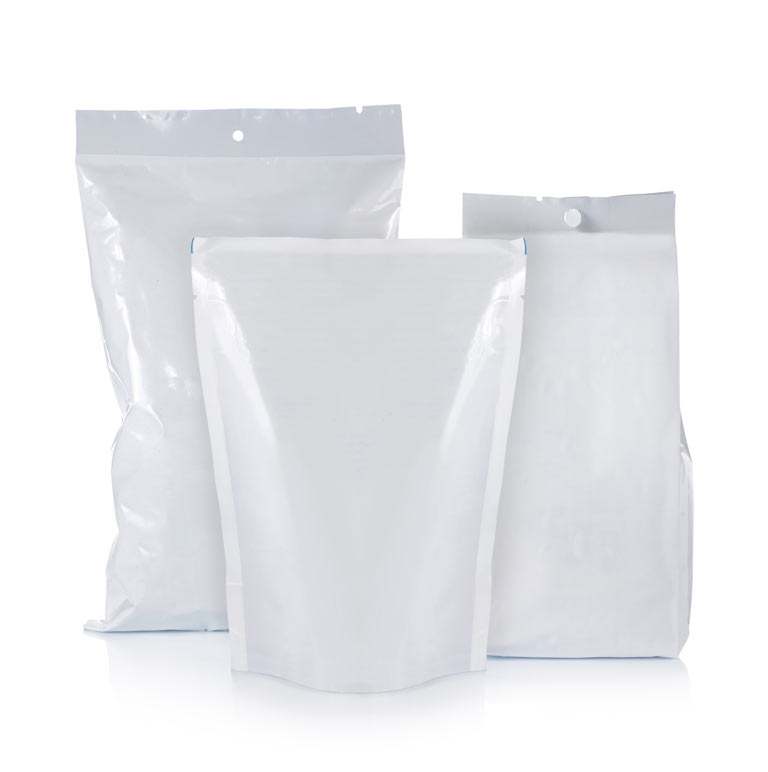CEFLEX is seeking harmonised and mandatory design criteria and sustainably funded systems for collection, sorting and recycling of plastic packaging that include flexibles from the outset.
Negotiations to develop an international legally binding instrument on plastic pollution are expected to shape and set the standard for plastic and plastic packaging legislation worldwide.
From a CEFLEX perspective, legislation is a key enabler of circularity, keeping materials in the economy to be used again and again. In this respect, a global treaty to end plastics pollution offers a major opportunity to support and accelerate the transition to a circular economy of necessary flexible packaging at a global scale.
Firstly, it can help set a level playing field so that companies investing in design-for-circularity are not put at a competitive disadvantage. Secondly, it can ensure that the basic steps to achieve a circular economy are taken and sustainably funded.
CEFLEX is a UNEP-accredited organisation able to attend the INC negotiations. We have endorsed the vision statement of the Business Coalition for a Global Plastics Treaty, convened by WWF and the Ellen MacArthur Foundation. It outlines a reduction of plastic production through circular design where possible and circularity of all plastic items that cannot be eliminated – supported by a strong waste management governance and infrastructure to deliver it.
CEFLEX is seeking binding requirements in the treaty to ensure:
- All plastic packaging is designed for recycling
- Targets are set to drive collection, sorting and recycling
- Sustainably funded systems are set up for collection, sorting and recycling of plastic packaging – including flexibles
What does CEFLEX bring to the negotiations?
CEFLEX is focused on using its technical expertise in flexible packaging and material circularity to help inform the negotiations and accelerate the transition to a circular economy that will not happen quickly enough if left to the market alone.
 The projects’ ‘Mission Circular’ vision can help demonstrate the value of flexible packaging and show how our demand-driven model can be adapted and applied in a global setting.
The projects’ ‘Mission Circular’ vision can help demonstrate the value of flexible packaging and show how our demand-driven model can be adapted and applied in a global setting.
CEFLEX is able to advise on how collection, sorting and recycling systems could be put in place. This is supported by value-chain consensus and alignment and data-driven research, particularly in Europe – where processes and legislation do much to define a global direction of travel, while navigating extensive national differences in application.
Although our mandate is to make flexible packaging circular in Europe, we believe that our model can be adapted and applied in a global setting. In addition, many of the companies collaborating in CEFLEX operate at a global scale.
A CEFLEX delegation representative of the flexible packaging value chain attended the first Intergovernmental Negotiating Committee negotiations (INC-1) in Uruguay, November 2022; and our delegation at the second session in Paris, France, 29 May-2 June 2023 will once again include material producers, convertors, brands and EPR systems ready to bring their expertise.
What role for flexible packaging?
Flexible packaging is used to protect essential products such as food, medicines, and personal care products. Approximately 50% of flexible packaging is food contact and a further 20% contact sensitive applications, such as medial or veterinary. It helps to make these and other products available in a safe and affordable way.
 Flexible packaging is very light, resource and material efficient – preventing the use of raw materials and resources in production and transportation. About half of primary food packaging on the EU market is flexibles (in product units) but this accounts for only one sixth (16%) of all packaging material used for food (by weight.
Flexible packaging is very light, resource and material efficient – preventing the use of raw materials and resources in production and transportation. About half of primary food packaging on the EU market is flexibles (in product units) but this accounts for only one sixth (16%) of all packaging material used for food (by weight.
This efficient use of material has environmental and economic advantages and prevents food waste that results in higher overall GHG emissions than the packaging, which is why significant volumes of flexible packaging will need to remain and be recycled in a circular economy.
Fortunately, it is recyclable with mechanical infrastructure used commonly and at scale around the world – including in the ‘global south’ – where better design and infrastructure are providing new circular businesses, supporting entrepreneurs and helping local communities earn new income.
